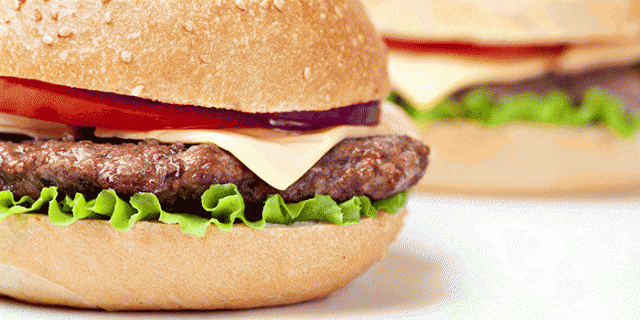Mapping a food’s DNA could in the future be used as a tool to check that the product contains the ingredients stated on the ingredient list.
Equipment to map the DNA-profile of food products cannot yet be routinely used, as it is too expensive and specialist knowledge is required to analyze the results.
However, DNA-profiles could become a prevalent tool in the fight against food fraud and contamination as whole genome sequencing equipment becomes cheaper and the technology easier to use, according to a study from the National Food Institute, Technical University of Denmark.
The world has witnessed several food scandals in the last decade, where melamine has been added to infant formula and horsemeat has been sold as beef.
This has lead consumers to demand better assurances that foods contain the ingredients stated on their ingredient lists.
A student from the National Food Institute, Technical University of Denmark, has examined whether it is possible to use whole genome sequencing to analyze foods to identify the various components of plant or animal origin and thereby determine, whether the product is what it claims to be.
In whole genome sequencing an organism’s entire DNA profile is mapped simultaneously.
Challenges in analyzing the results
In the study, whole genome sequencing has been carried out on 22 burgers from around the world.
The resulting data have been mapped against 15 reference databases, which contain the DNA profiles of most living organisms on earth.
The study has shown that the method has great potential, as almost all the main components of the burger (patty, bun, vegetables, etc) were identified correctly.
However, automatic identification of all the food’s component has not been possible.
An initial data analysis mistakenly showed that between 3-5% of the DNA from each sample came from macaque monkeys.
A closer data analysis showed that it was DNA from cattle.
The reason that test results initially showed otherwise, is that when two reference genomes in the reference database match the data string from the genome that is being examined, the first genome in the database will be deemed to be the best match.
A more detailed examination can then show this not to be the case.
This error shows that specialist knowledge is still required to analyze the results. Furthermore, there is a need to expand the reference databases and to improve both the sequencing technology to yield longer reads and the methods of analysis.
Better food safety
The analysis has also found considerable amounts of Bacillus cereus, a bacteria which can cause food poisoning. However, the bacteria might be present because it has been able to grow during transport to the laboratory.
Nevertheless the result shows that it is possible to use the technology to not only expose food fraud, but also to identify contamination from disease-causing microorganisms.
As such using the technology for monitoring purposes can increase food safety in general.
Potential
Although the study has shown that whole genome sequencing can be a useful tool in monitoring food fraud and contamination, the technology will likely not become prevalent in the short term, as it is still too expensive and correct data analysis requires a great deal of specialist knowledge.
However, the cost of equipment to extract bacteria’s genome sequences has fallen drastically in recent years and is likely to come down even further.
As the technology becomes cheaper and easier to use, the National Food Institute expects that whole genome sequencing will become a common tool in the fight against food fraud and contamination.
Long term the method could be used to confirm that a coffee blend contains the expensive beans paid for by the consumer, that meat comes from the exact species listed on the label, or that a food is free from microbiological contamination.
Story by Miriam Meister of the Technical University of Denmark










